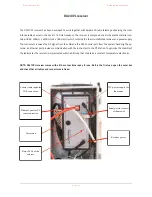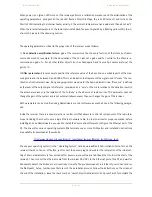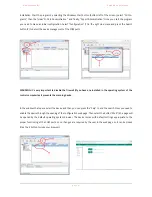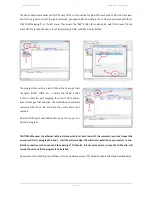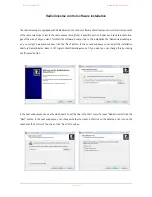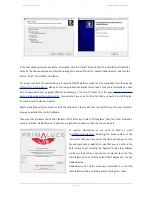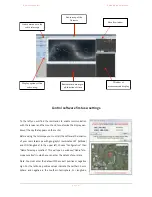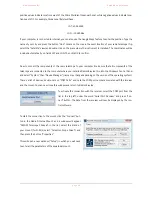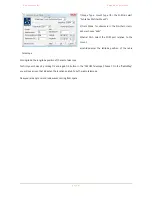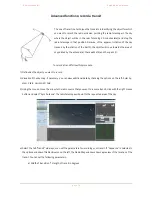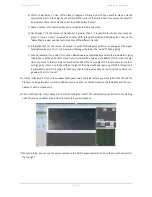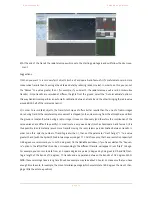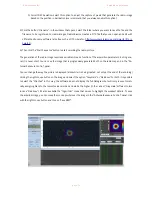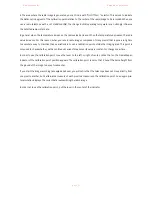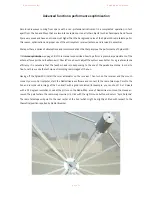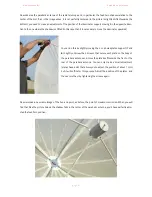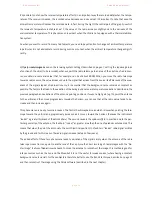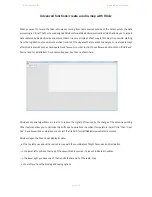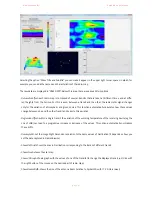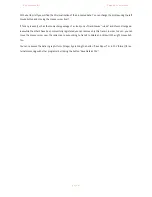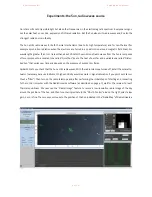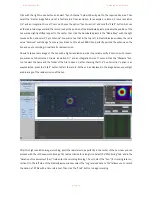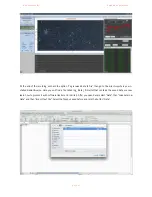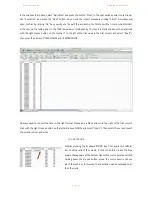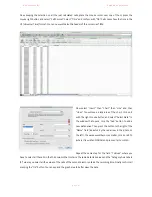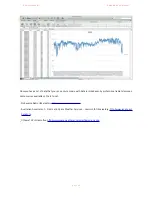
P r i m a L u c e L a b i S r l
S p i d e r 2 3 0 u s e r m a n u a l
In the area where the radio image is generated, you can find a with "On/Off Corr ." selector. This serves to indicate
the distance (in degrees) of the calibration point relative to the center of the radio image to be recorded. When you
use a radio telescope with a not stabilized LNB, the change in LNB operating temperature can strongly influence
the detected radiometric data.
In general, when the temperature increases, the radio value decrease. When the temperature decreases, the radio
value increases. For this reason, when you record radio images composed of many pixels (that require a long time
to execute) a way to minimize these variations is to use a calibration point outside the imaging area. This point is
only used to check whether, with a continuous series of measures, its value is constant or changes over time.
In order to use the calibration point, move the lever to the left or right of center: notice that on the RadioMap an
indicator of the calibration point position appears. The calibration point is set so that it lies at the same height from
the ground of the image to be captured center.
If you start the image recording (as explained above), you will notice that the telescope does not move directly from
one pixel to another, but it alternate a measure of each pixel to a measure on the calibration point. So an appropria-
te calculation displays the correct data reassembling the radio image .
In order not to use the calibration point , put the lever in the center of the indicator.
!
!
!
p a g e
!
5 5

